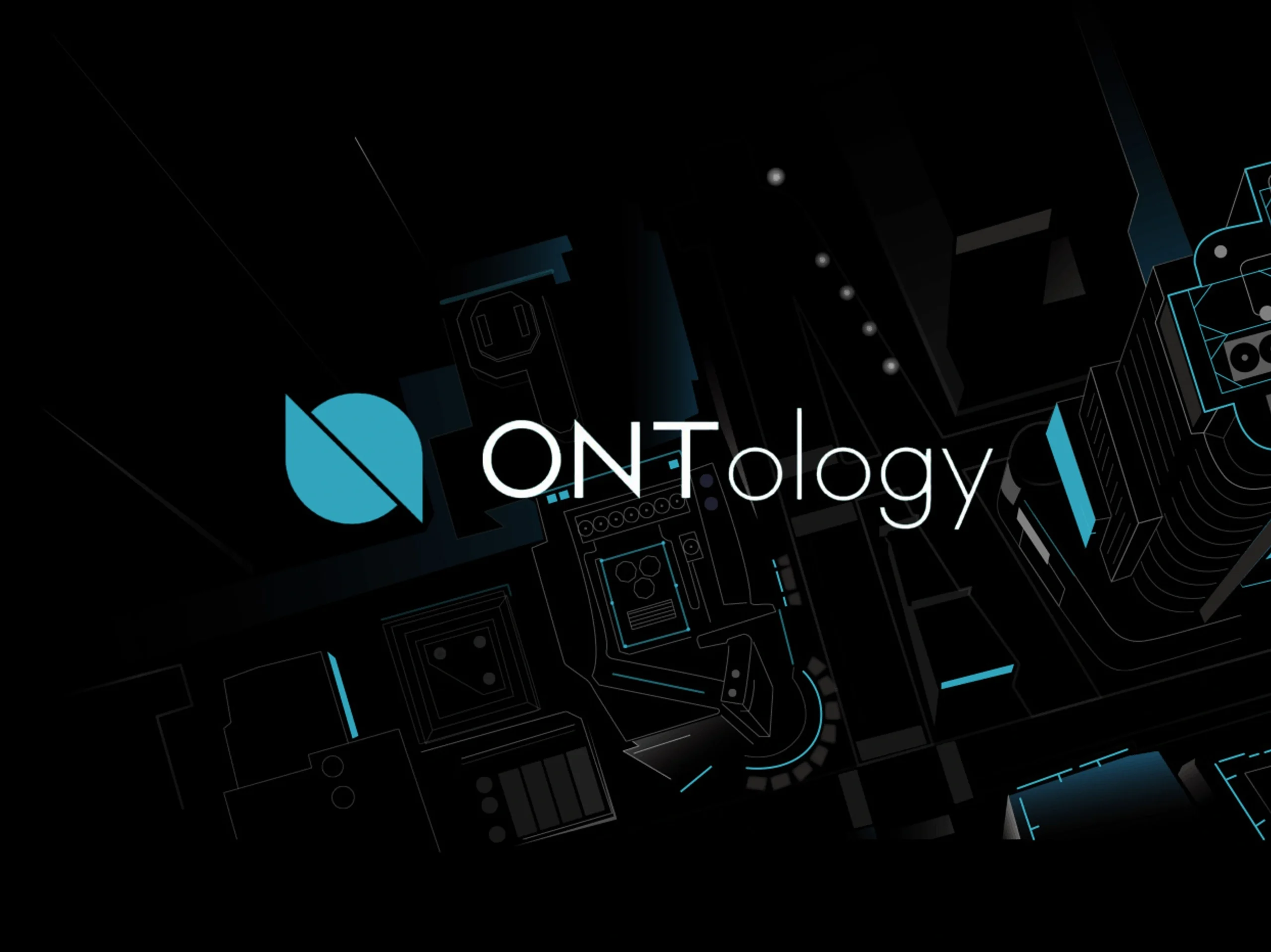Ontology Models & Metadata Management

As organizations generate and store massive volumes of data, managing metadata effectively becomes a critical challenge. Ontology models provide a structured and semantic approach to metadata management, enabling organizations to organize, classify, and enrich metadata for improved discoverability and interoperability.
By integrating ontology models with Generative AI, businesses can achieve automated, context-aware metadata management that enhances data governance, retrieval, and utilization.
The Role of Ontology Models in Metadata Management
Ontology models establish connections among concepts and objects in a domain, providing an organized scheme for metadata classification. Some of the main advantages of ontology-based metadata management are:
- Semantic Enrichment – Ontologies infuse contextual semantics to metadata, enhancing its interpretability and usability.
- Interoperability – Uniform ontologies allow effortless metadata integration among various systems.
- Automated Metadata Classification – AI-based ontologies classify and tag metadata dynamically.
- Improved Data Discovery – Metadata structure enhances search precision and knowledge retrieval.
- Regulatory Compliance – Ontologies assist in enforcing metadata policies for data governance and privacy.
Read: Entity Extraction Using Gen AI
Ontology Models for Structuring Metadata
Several ontology models are commonly employed to improve structuring and organizing metadata, such as:
- Dublin Core (DCMI) – A popular metadata standards element employed in libraries, digital repositories, and data catalogs.
- Friend of a Friend (FOAF) – Dedicated to establishing relationships between individuals and organizations in the metadata context.
- Schema.org – Offers a vocabulary for structured metadata annotation over web content and enterprise applications.
- Simple Knowledge Organization System (SKOS) – Assists in managing controlled vocabularies, taxonomies, and classification schemes.
- Ontology Web Language (OWL) – A robust ontology language for describing intricate metadata relationships and inference rules.
Integration of Ontology Models and Generative AI
Generative AI can notably expand the capabilities and automation of ontology-based metadata management:
- AI-Driven Ontology Extension – AI recognizes gaps in concepts and relations between concepts within ontologies to extend coverage and precision.
- Context-Based Metadata Tagging – AI models parse text, images, and data to provide the most apt ontology-based metadata.
- Automated Ontology Mapping – AI facilitates cross-mapping between ontologies of various models, maintaining interoperability.
- Real-Time Knowledge Graph Updates – Generative AI repeatedly updates ontologies by learning new patterns in data.
- AI-Powered Metadata Standardization – AI identifies inconsistencies in the use of metadata and proposes standardization based on ontology frameworks.
Ontology-Driven Knowledge Graphs for Metadata Management
Knowledge graphs utilize ontology models to form connected metadata representations, optimizing its organization and retrieval.
Ontology-based knowledge graphs play a crucial role in metadata management by facilitating entity linking and relationships, mapping metadata entities to corresponding concepts for enhanced contextual awareness. Using AI-based inference, such knowledge graphs can discover and create new relationships, augmenting metadata and overall data intelligence.
In addition, organizing metadata with ontologies enhances querying and searching, providing more accurate search results and recommendations based on AI. Moreover, knowledge graphs facilitate organizations in maintaining compliance and regulatory alignment by ensuring that metadata adheres to legal and industry-related policies, creating a more compliant and secure data landscape.
Ontology-driven Metadata Management Automation
Generative AI can significantly enhance the functionality and automation of ontology-driven metadata management:
- Self-Learning Metadata Models – AI continuously adjusts ontologies by responding to emergent patterns of new data.
- Ontology-Based Data Validation – Self-validating metadata maintains coherence and correctness through automation.
- AI-Powered Metadata Augmentation – AI enhances metadata by generating new relationships and tags.
- Scalable Ontology Processing – Cloud platforms supporting AI optimize ontology management at large data sizes.
The Future of Ontology Models in Metadata Management
By combining ontology models with AI-powered metadata management, organizations can develop highly structured and context-specific metadata ecosystems that raise the level of data organization and usability. Through integration, automated and AI-facilitated metadata classification is made possible, minimizing manual intervention while delivering higher accuracy and efficiency.
It further facilitates interoperable metadata frameworks among different systems so that data is exchanged and becomes compatible seamlessly. Better searchability and semantic data discovery of the assets empower the users to extract the relevant data at a glance.
Further, organizations can design scalable, self-optimizing metadata strategies to suit changing enterprise requirements, yielding long-term business growth and innovation.
Next Steps for Enterprises
1️⃣ Implement ontology-driven metadata models for governed structured data.
2️⃣ Utilize Generative AI to automate and improve ontology-based metadata management.
3️⃣ Incorporate knowledge graphs to enhance metadata relationships and search.
4️⃣ Comply with regulations by mapping metadata policies onto ontology frameworks.
5️⃣ Continuously update ontologies to keep up with evolving business and data environments.
By leveraging ontology models in metadata management, companies can create smart, automated, and future-proofed data environments, providing correct metadata categorization, effortless data combination, and better knowledge discovery.